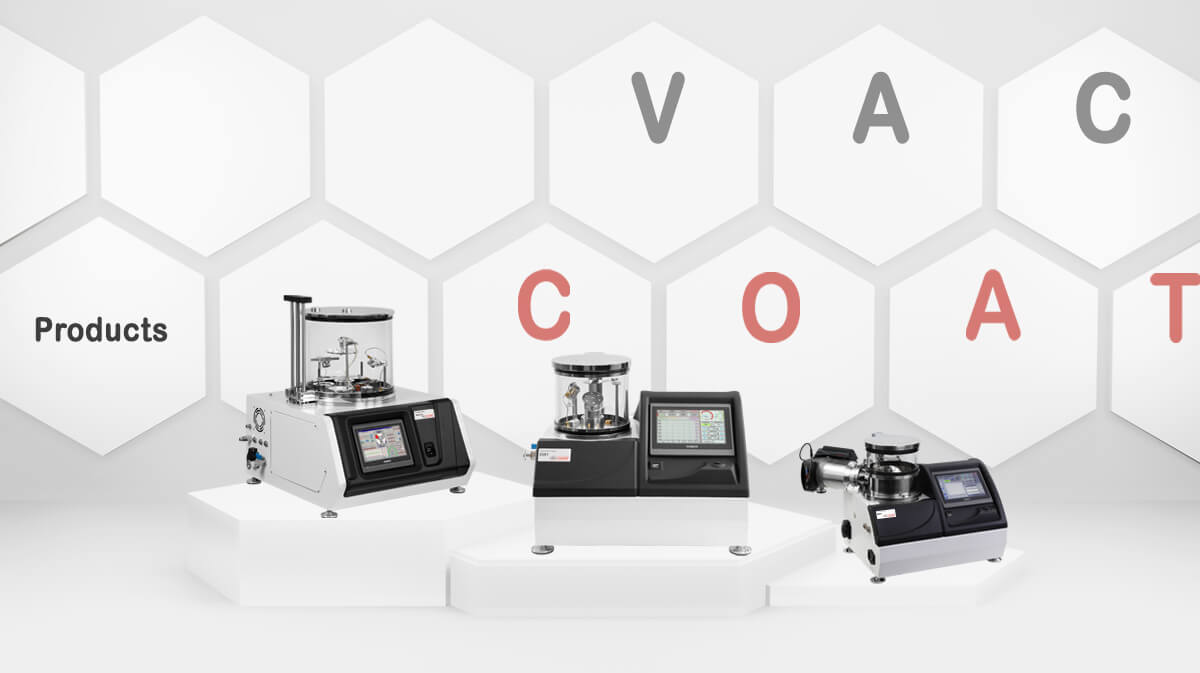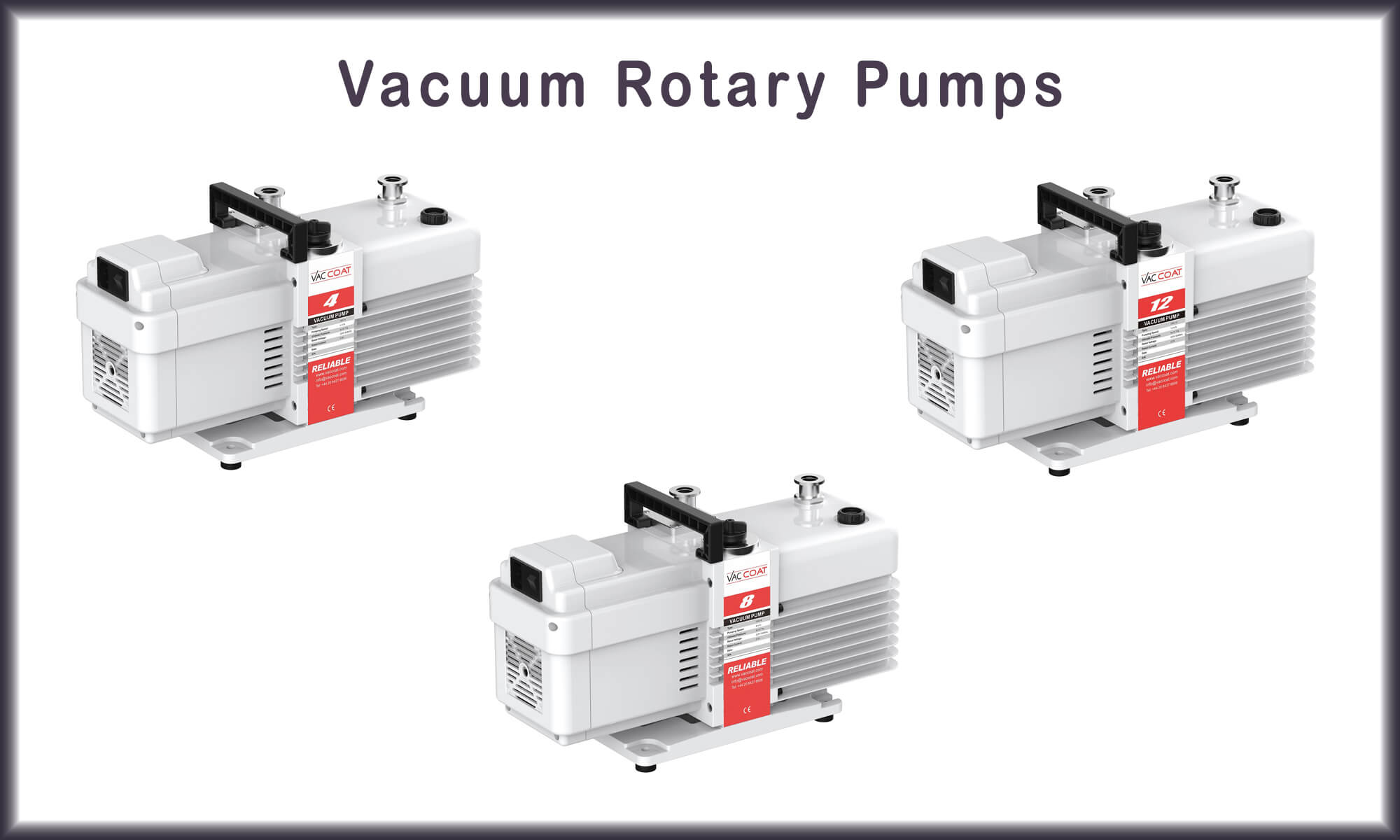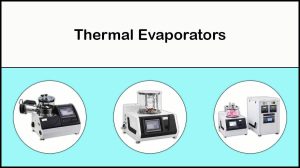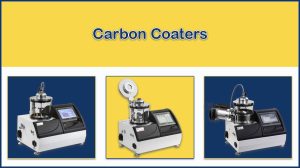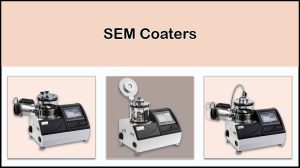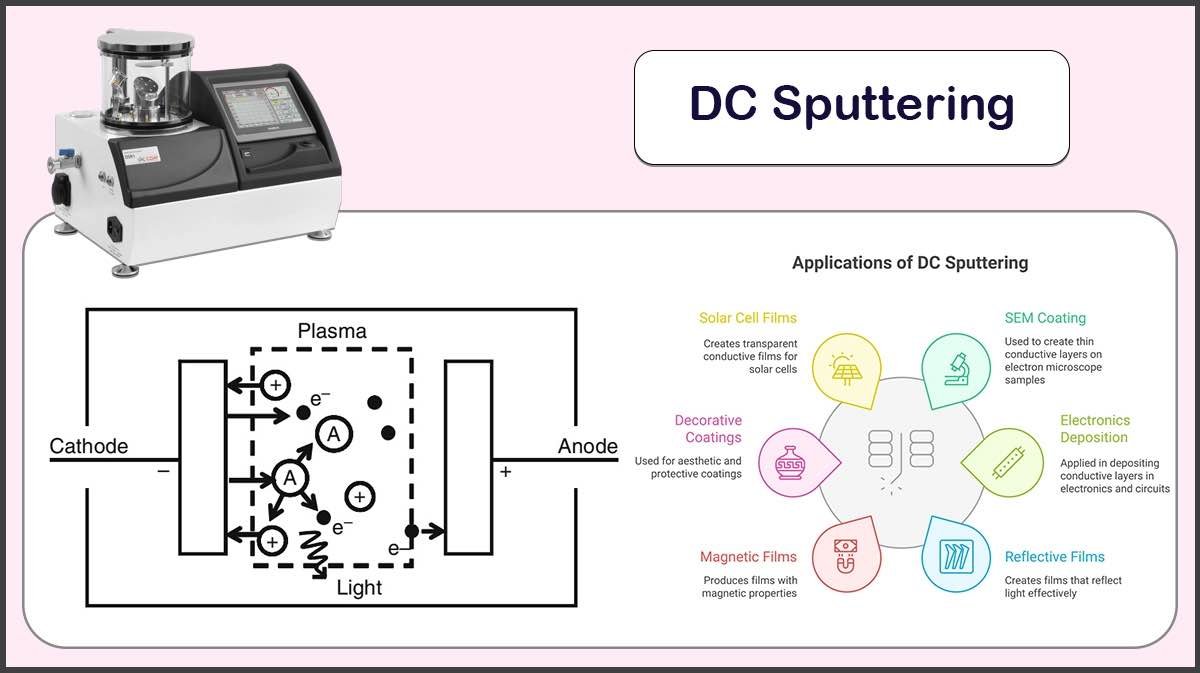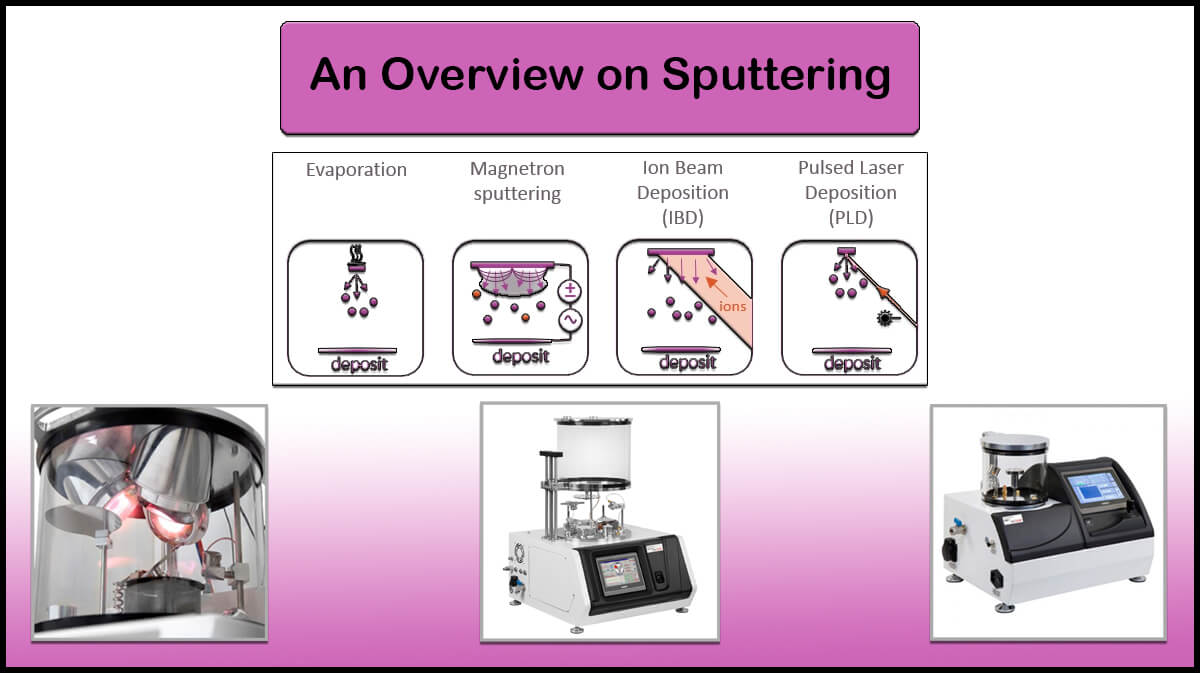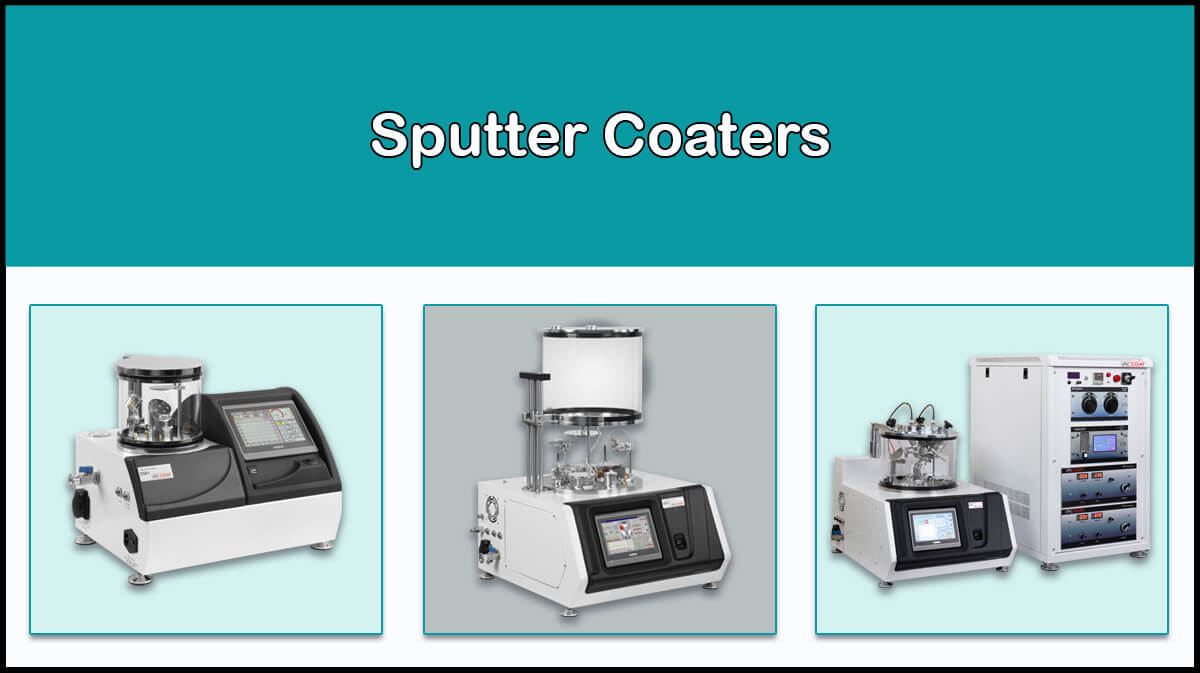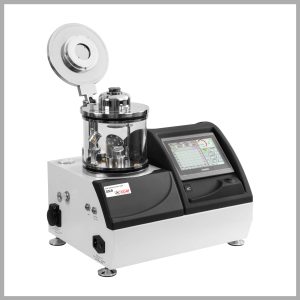
Leakage Detection in Vacuum Systems
Any vacuum system may suffer leakages that prevents reaching the expected vacuum level to perform the required task. Lowering the gas pressure inside the vacuum chamber causes the atoms and molecules to release in the chamber or penetrate through the leakage sources like holes and cracks into the chamber and hinders evacuating it. (Read more about Effect of Chamber Pressure in Magnetron Sputtering) Vacuum leakage detection methods can help to locate the leaks and seal the leakage sources.
Signs of Leakages
Recognizing the signs of leakages can help to find them before causing major damages to the vacuum system. Here are some of the possible symptoms that can imply existence of leakage in the vacuum chamber:
- Unexpected rise in the chamber vacuum level
- Failing to reach predicted vacuum level for the system
- Oil running down or mist or smoke coming from the exhaust port of the pump
- Unusual whistling or hissing sounds
- Unusual odors (Like oil or solvent)
- Any visual damages like cracks, breaks, or corrosion on the vacuum chamber
Vacuum Leakage Sources
Leakages inside the chamber could be originated from several reasons and sources, resulting in different solutions. The leakages can be categorized into Real and Virtual leaks. Real leaks can be due to:
- Disconnected vacuum hose
- Degradation of Gaskets or seal material
- Insufficient seal lubrication
- Physical holes and cracks in the system structure
- Extreme operating temperatures
Whereas a virtual leak is caused by a physically trapped gas in a hole or crack with a low conductance path that cannot be evacuated easily (Figure 1). Internal weld crack that is too small to see and any fastener that is used inside of a vacuum system can result in voids between the parts being restrained, such as the volume between screw and the hole end. Any void created during chamber assembly at atmosphere, results in air and other potential forms of contaminants to be left in the chamber, which can be a source of continuous gas load flowing into the chamber as the relative pressure in the chamber drops.

Small pressure bursts often prove the presence of virtual leak as the trapped gas flows into the system followed by a sudden return to the original pressure. For example, if an ion pressure gauge is reading 1.2 x 10-5 Torr progressively and then bursts up to rather 1.3-1.4 x 10-5 Torr repeatedly, there probably exist a virtual leak.
Different leakage sources contribute to different vacuuming-venting pressure behavior. A schematic behavior of the pressure in the presence different leakages is displayed in Figure 2.
Harmful Effects of Leakages
Leakages in a vacuum system do not allow the chamber to reach the expected ultimate pressure, hence can negatively affect the:
- Safety of the operation and the products
- Process efficiency
- Quality and environmental standards
- Vacuum system’s life
- Purity of the process product (May be contaminated under low-vacuum condition)

Vacuum Leakage Detection Methods
There are various methods that can be used for vacuum leak detection. The leakage detection methods include handy techniques like visual inspection, to employing advanced leak detection technologies like helium leak detectors.
Pressure-Rise Test
This test confirms if there is a leak in the vacuum system and is suitable for medium to fine vacuum pumps. With a pressure-rise test as a standard method one can follow the rate of pressure rise in the vessels over a definite amount of time. This test cannot locate the leak, so the following methods should be used to discover the leakage source.
Pump-Down Test
In a repeated pumping down procedure, the vacuuming time should decrease to reach the same vacuum level. After each pump-down cycle, the pump’s inlet valve is closed. Once the predetermined period has passed, the inlet valve is opened, and the time to return the vacuum to the initial evacuated level is recorded. This procedure is repeated multiple times. After repeated procedures, if the time remains constant, it indicates existence of a leak.
Visual Inspection of the Chamber
This is a proper method for detecting the location of large leaks in the vacuum system, due to cracks, breaks, or corrosion, when even roughing vacuum of around 1 x 10-1 Torr cannot be reached. These leakages may have a hissing or whistling sound that can be heard by an expert during pumping down the chamber.
Solvent Test
For small leakages in rough vacuum level and above, one can spray a small amount of alcohol or acetone on possible leak sources, like joints, while the system is under vacuum. In case of presence of any leaks, the solvent is drawn in swiftly, which is detectable by a pirani gauge typically installed on the system. The pressure variations will show the possible leak position.
Bubble Test
Bubble test can be demonstrated as bubbling a punctured air tube underwater, in which the location of the bubbles can locate the leakage position. In this method, a bubbled dish-washing liquid can be applied around gas pipe junctions, where if a leakage persists, the liquid bubbles start to expand. This is an efficient leakage detection method to detect the low pressure leakage sources.
Helium Leak Detection
This is an excellent but expensive vacuum leak detection method to finding fine leaks. Helium, as a low atomic number, inert gas is usually sprayed around the suspected areas. Since helium can penetrate even small holes and leaks, it is used as the tracer gas to enter the defects and be detected by a helium leak detector, which shows an increase in the helium concentration in the pump’s airstream.
Ultrasonic Leak Detector
An alternative method for detection of fine leaks is ultrasonic leak detector. When a gas or fluid leaks through a small hole or crack, a high-frequency sound wave is emitted that basically is not audible by the human ears. An ultrasonic leak detector detects these sounds and intensifies them, so the user can hear an audible signal which locates the leakage. Background sounds and noises can interfere the detection process in this method. However, it is not a precise way for leakage detection of very small leaks.
How to Solve Leakage Problem?
Depending on the leakage source being real or virtual, the way the problem can be solved is different.
Virtual Leaks
Virtual leak problems can be eliminated with a better system design and assembly techniques, such as the use of vented fasteners, better welding methods, modifying demountable chamber components, or providing a relieved gas path, say by drilling relief holes. Vac Coat vacuum coaters are specially designed to achieve high vacuum conditions swiftly.
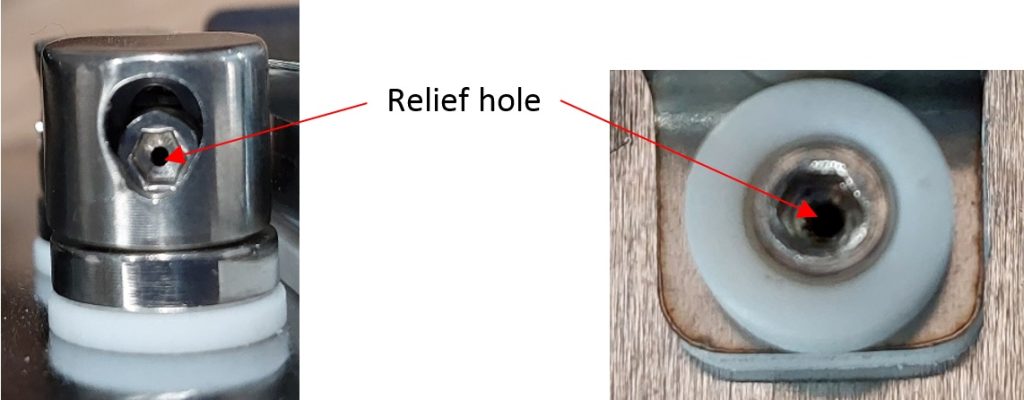
Another way that works for the virtual leaks that cannot be relieved is to fully purge the chamber with argon gas, where argon does not harm the device performance, such as in sputtering deposition or vacuum furnace processes, as the slow argon leakage as an inert gas can be ignored during the sputtering deposition.
Real Leaks
Proper Maintenance of the Gauges
Gauges are very sensitive equipment and their faulty performance can result in assumption of presence of a leakage. So, when the typical vacuum level is not reached in a vacuum system, before looking for leaks, the gauges should be checked to for proper maintenance.
- Water Vapor
Polar water vapor molecules can hardly be pumped out of a vacuum chamber, since they stick to the chamber inner walls and form multilayers. Utilizing cryo systems to cool down the walls and freeze the water vapor, or purging the chamber with an inert gas like Argon to remove water vapor molecules can help to solve this problem.
Proper Maintenance of the O’ Rings
Good compressible O-rings should be used for sealing where two metal surfaces are in contact. Good quality Viton O-rings can solve the leakage problem, however, softened, hardened, or inflated O-rings should be replaced. All Vac Coat vacuum systems are equipped to Viton O-rings to easily reach the appropriate vacuum level.
Applying High Vacuum Silicone Grease
To maintain the proper maintenance of the previously mentioned O-rings, using a good quality vacuum grease can strongly help, which prevents O-rings from hardening and damage. Use of vacuum grease also provide additional sealing of the vacuum chamber. Sticky high vacuum silicon grease with low vapor pressure can work best.
Baking the Chamber
Keeping the chamber at high temperature (around 250°C) for at least 12 hours can help to evaporate volatiles attached to the inner walls of the vacuum chamber and pump them out of the system.
Proper Vacuum System Maintenance
- Glass vacuum chambers should be manipulated carefully, since any scratch and crack on the glass edge can be a source of leakage.
- Any polished contacting surface (like stainless steel and glass surfaces) should be checked for dust and debris, which can be prevented by applying compressed air and vacuum grease.
Vac Coat Systems and Leak Detection
All Vac Coat deposition instruments contain a vacuum chamber to perform the coating process. Both low vacuum and high vacuum coating systems require cautions to prevent leakage problems. Vac Coat rotary-pumped coaters like DSR1 (sputter coater), DCR (carbon coater), and DSCR (combined sputter and carbon coater) are low vacuum SEM coaters, reaching a rough vacuum level.
Vac Coat also offers turbo-pumped sputtering systems like DST1, DST3, and DST2-TG, alongside high vacuum carbon coating instruments like DCT, and combined physical vapor deposition techniques in a single device, such as DSCT-T coating systems. All these vacuum coaters require to be regularly examined for vacuum leakage signs to achieve the highest performance.
References
- Al-Dmour, E. (2017). Fundamentals of Vacuum Physics and Technology. In 3rd CERN-Accelerator-School Course on Vacuum for Particle Accelerators, CAS 2017 (pp. 23-43).
- Zapfe, K. (2007). Leak detection. Cern
- https://www.normandale.edu/academics/degrees-certificates/vacuum-and-thin-film-technology/articles/understanding-virtual-leaks.html
- https://fluidairedynamics.com/blogs/news/how-to-identify-leaks-in-your-vacuum-system
- https://www.uccomponents.com/what-is-a-virtual-leak-and-how-does-it-affect-your-vacuum-system/
- https://www.supervacoils.com/leakage-detection-and-prevention-in-vacuum-systems/
- https://www.agilent.com/cs/library/technicaloverviews/public/5991-7606EN.pdf
- https://highvacdepot.com/2021/07/13/considerations-when-leak-checking-your-vacuum-system/
- https://www.pfeiffer-vacuum.com/global/en/products/leak-detectors


